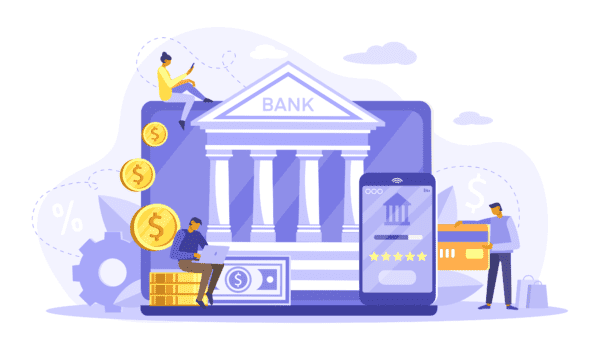Crowdfunding represents an alternative way of funding compared to traditional borrowing. As a principle, crowdfunding is open to everyone - private persons and economic actors. A group of people, the crowd, financially contributes small amounts to projects, products or ideas. These projects, products, or ideas are owned by fundraisers seeking money to implement their projects. Fundraisers search for investors directly or via a specific digital platform, referred to as intermediaries.
Do you have an innovative project? Research project? Charity project? Or do you want to fund your education? Meanwhile, you do not need to pay back! So you must know about crowdfunding.
What Does Crowdfunding Mean?
To better describe and define crowdfunding as Lambert and Schwienbacher, we can propose a helpful definition of crowdfunding. Crowdfunding is the arrangement of financial resources as an open call, notably through the internet, either in the form of donations or in exchange for some form of reward and voting rights to support initiatives for specific purposes.
Crowdfunding is a growing phenomenon. In 2014 there were plenty of platforms, about 1250 platforms worldwide based on a study by the Massolution Company reported, which together raised $16.2 billion, up by 167 percent from what had been presented in 2013. North America asserts itself as the leader, followed by Asia and Europe, which holds a 20.1 percent market share. According to a survey conducted by the University of Cambridge in 2015, the European market raised nearly €3 billion in 2014, with the United Kingdom ranking first ($2.34 billion was raised there), followed by France, far behind with $154 million, and with Germany, Sweden, the Netherlands, and Spain tailing back.
Furthermore, one of the informal financing approaches that support the initiation of a project, along with funds from business angels or money from friends and family, is crowdfunding.
As stated in an article by Tomczak and Brem, “three roles have to be fulfilled in any crowdfunding effort:
- The intermediary is also known as the platform that serves as a matchmaker between promoters and funders.
- The fundraisers, contractors, and others.
- The investors themselves.”
Although the intermediary platforms usually play an essential role, the fundraisers can do direct crowdfunding by directly appealing to a specific audience via their network and communications.
The Main Steps of a Crowdfunding Campaign

- A project developer (an entrepreneur, artist, private individual, for-profit or not-for-profit organization) needs funding.
- The project developer contacts a crowdfunding platform to raise funding for all or part of their project.
- If approved by the platform, the project is posted online after a possible incubating phase.
- Some people in the crowd pledged money to support the project financially.
- Depending on the platform’s operating procedures, the project leader may or may not have to reach the targeted amount as a prerequisite for collecting the money pledged by the crowd.
- If the campaign is successful, the pledged amounts are debited from the backer’s accounts, and the platform collects a commission fee.
Advantage and Disadvantage
There are always pros and cons to every phenomenon in this world. We have the same in crowdfunding too. Crowdfunding is used to know about the demand for the product in the case of the pre-sale type of crowdfunding. Also, feedback to improve product or project: crowdfunding also serves as the source by which the founder can get feedback on his project idea and get suggestions for improvements in their projects. Like in a task of developing a unique product, people can give ideas of a specific application in the products that may increase the product’s value.
On the other hand, most of the platforms work for profits. Usually, they charge some percentage of the funding amount as a service fee. The platform has the role of bridging the gap between entrepreneurs and funders. These platforms have objectives to increase the number of successful projects. On the other hand, they offer innovative and workable projects to funders and provide investment opportunities.
There are also disadvantages and risks associated with crowdfunding. For example, once an idea has been posted on a crowdfunding platform, the world can see it. The idea may be copied and implemented by other entrepreneurs. So, the project initiators must use legal methods and instruments to protect their concepts and ideas (patents, trademarks, and copyright).
Photo: Rawpixel.com/Shutterstock
You might also like:
Support us!
All your donations will be used to pay the magazine’s journalists and to support the ongoing costs of maintaining the site.
Share this post
Interested in co-operating with us?
We are open to co-operation from writers and businesses alike. You can reach us on our email at cooperations@youthtimemag.com/magazine@youthtimemag.com and we will get back to you as quick as we can.










